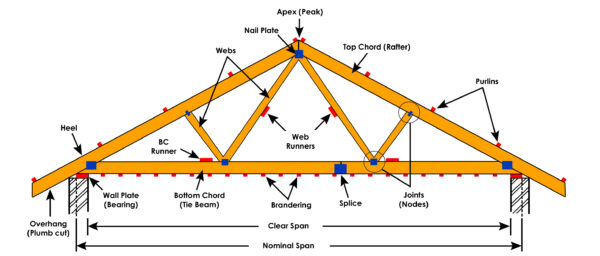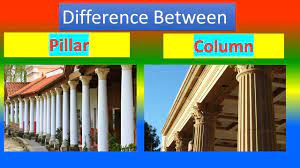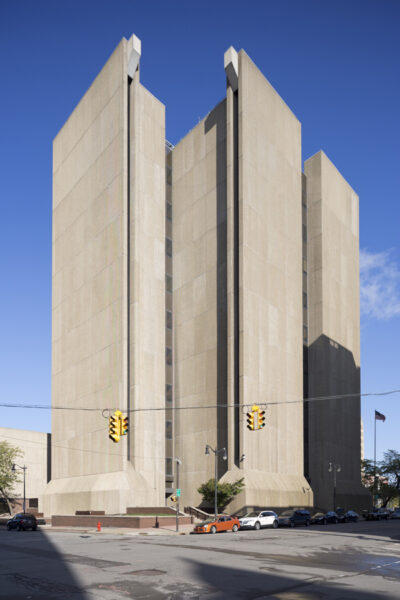Roof Rafter and Design Calculation
Roof rafters are a key structural component of many buildings. As civil engineers, understanding what roof rafters are, how they work, and best practices for their design and installation are essential skills for residential or commercial building projects. This in-depth guide provides a comprehensive overview of roof rafters, their structural role, design considerations, and application…






